Home>Garden Essentials>How To Grow An Ivy Wall On A Rooftop Garden
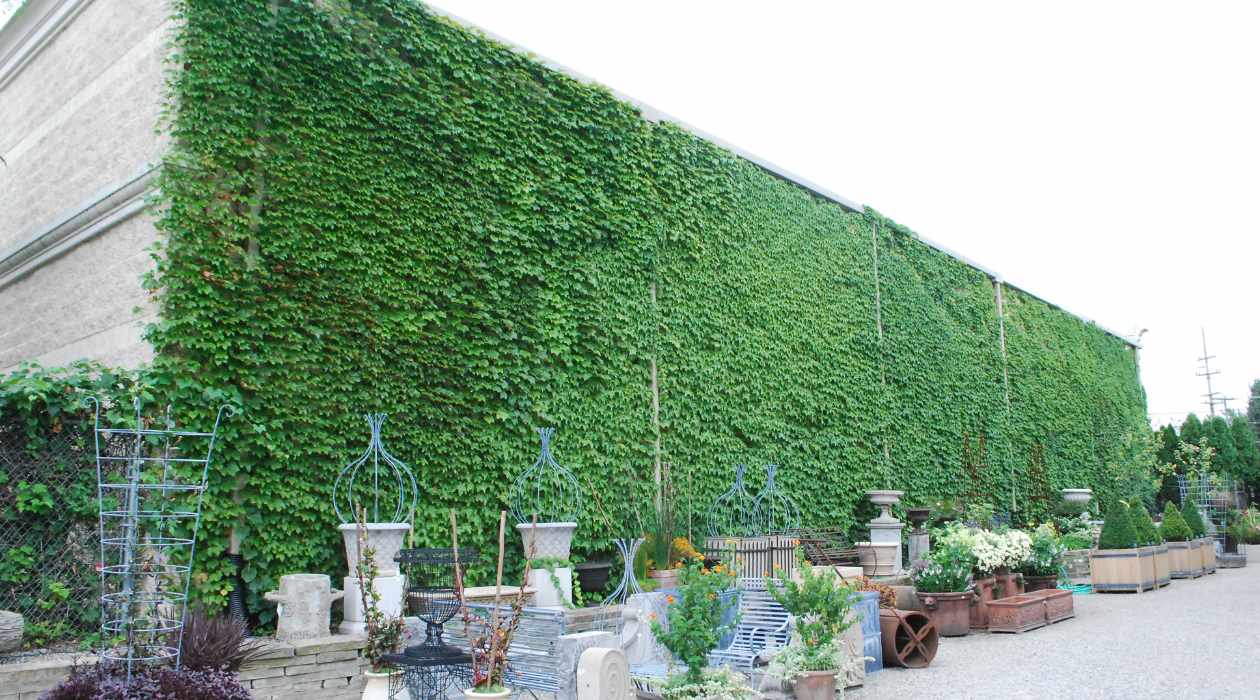

Garden Essentials
How To Grow An Ivy Wall On A Rooftop Garden
Modified: August 17, 2024
Learn how to create a stunning rooftop garden with an ivy wall. Discover tips for growing and maintaining your garden oasis.
(Many of the links in this article redirect to a specific reviewed product. Your purchase of these products through affiliate links helps to generate commission for Storables.com, at no extra cost. Learn more)
Introduction
Welcome to the world of rooftop gardening! If you have limited outdoor space but still want to create a lush and green oasis, growing an ivy wall on your rooftop garden is a fantastic option. Ivy not only adds beauty and charm to your garden, but it also acts as a natural insulator, reducing the amount of heat that enters your home through the roof.
Before delving into the process of growing an ivy wall on your rooftop garden, it’s essential to understand the basics of ivy itself. Ivy, also known as Hedera, is a versatile and resilient plant that belongs to the Araliaceae family. It exists in various species, including English Ivy, Boston Ivy, and Algerian Ivy, each offering different characteristics and growth habits.
Creating an ivy wall requires careful planning, preparation, and maintenance. In this article, we will guide you through the process, from choosing the right ivy species to troubleshooting common issues. So, let’s dive in and discover the secrets of growing an ivy wall on a rooftop garden!
Key Takeaways:
- Choose the right ivy species based on your climate and sunlight availability to create a stunning and low-maintenance ivy wall for your rooftop garden.
- Ensure the health and beauty of your ivy wall by providing adequate sunlight, water, and regular maintenance, including pruning, training, and troubleshooting common issues.
Read more: How To Grow Ivy On Fence
Choosing the Right Ivy
When it comes to choosing the right ivy for your rooftop garden, it’s crucial to consider factors such as climate, sunlight exposure, and your desired aesthetic. Here are a few ivy species commonly used for vertical gardening:
- English Ivy (Hedera helix): English Ivy is a popular choice for its evergreen foliage and ability to withstand a wide range of temperatures. It adapts well to both shade and partial sunlight, making it suitable for rooftop gardens with limited direct sunlight.
- Boston Ivy (Parthenocissus tricuspidata): If you’re looking for a vibrant burst of color during autumn, Boston Ivy is an excellent choice. Its foliage turns a brilliant shade of red in the fall, creating a stunning visual display. Boston Ivy thrives in full sun to partial shade, making it ideal for rooftop gardens with ample sunlight exposure.
- Algerian Ivy (Hedera canariensis): Algerian Ivy is known for its large, glossy leaves and vigorous growth. It is a great option for creating a lush and dense ivy wall in a relatively short amount of time. Algerian Ivy prefers partial shade and moderately moist soil.
Consider the climate in your region as well. If you live in an area with harsh winters, choose an ivy species that is frost-resistant and can handle colder temperatures. On the other hand, if you reside in a warmer climate, opt for a species that can tolerate heat and direct sunlight.
Another factor to consider is the growth habit of the ivy. Some ivy species, like Boston Ivy, have self-adhesive tendrils that allow them to attach themselves to various surfaces. This makes installation easier, as you won’t need as much support. Other species, like English Ivy, have aerial rootlets, which require a trellis or wall for support.
Lastly, think about the desired look and feel of your ivy wall. Do you want a tightly compacted wall of foliage or a more subtly draped effect? Consider the size and density of the ivy leaves, as well as their coloration and overall growth pattern, to achieve the desired aesthetic.
Once you’ve considered these factors, you’ll be ready to select the perfect ivy species for your rooftop garden. Next, we’ll delve into preparing the rooftop garden for the ivy wall installation.
Preparing the Rooftop Garden
Before installing the trellis system and planting the ivy, it’s essential to prepare your rooftop garden properly. Here are some steps to ensure your garden is ready for the ivy wall installation:
- Clean and Clear the Area: Start by removing any debris, rocks, or weeds from the rooftop surface. Ensure that the area is clean and clear to provide a clean slate for your ivy wall.
- Evaluate the Structural Integrity: Rooftop gardens require careful consideration of the structural integrity of the building. Before proceeding, consult with a professional to assess the weight-bearing capacity of your rooftop and ensure that it can support the additional weight of the ivy wall.
- Check Drainage and Waterproofing: Make sure your rooftop has proper drainage to prevent water from accumulating around the root system of the ivy. Additionally, ensure that your rooftop is properly waterproofed to protect the building from moisture damage.
- Test Soil Quality: Check the quality of the soil in your rooftop garden. Ivy thrives in well-draining soil with a slightly acidic pH level. Conduct a soil test to determine if any amendments are needed to create the optimal growing environment for your ivy.
- Consider Wind Protection: Strong winds can damage young ivy plants. If your rooftop is exposed to high winds, installing windbreaks, such as mesh screens or barriers, can help protect your ivy wall.
Additionally, assess the available space on your rooftop to determine the appropriate size and extent of your ivy wall. Consider the height and width of the trellis system you plan to install, as well as the desired coverage of the ivy.
Once you’ve completed these preparatory steps, you’ll be ready to move on to the installation of the trellis system. The trellis will provide the necessary support for the ivy plants as they grow and create a stunning vertical display in your rooftop garden.
Installing the Trellis System
The trellis system is a crucial component of growing an ivy wall on your rooftop garden. It provides support for the ivy plants to climb and creates a visually appealing structure. Here’s a step-by-step guide to installing the trellis system:
- Choose the Right Trellis: Select a trellis system that suits your aesthetic preference and the size of your rooftop garden. There are various types available, including wooden trellises, metal grids, and wire mesh. Consider the material, durability, and design of the trellis to ensure it complements your ivy wall.
- Position the Trellis: Determine the placement of your trellis system on your rooftop. Take into account the available space, sunlight exposure, and any structural considerations. Ideally, the trellis should be securely attached to the rooftop surface, ensuring stability and support.
- Secure the Trellis: Use appropriate hardware, such as screws or nails, to secure the trellis system to the rooftop surface. Ensure it is firmly anchored to withstand wind and the weight of the growing ivy.
- Space the Trellis: Depending on the size of your ivy plants and the desired coverage, space the trellis accordingly. You can adjust the spacing to create a denser or more open ivy wall effect. Take into consideration both the vertical and horizontal spacing to ensure proper coverage and growth.
- Check for Stability: After installing the trellis system, double-check its stability. Give it a gentle shake to ensure it is securely attached to the rooftop and can withstand the weight and growth of the ivy plants.
Remember to leave some space between the trellis and the rooftop surface to allow room for the ivy to grow and spread. This space will enable proper airflow and prevent the ivy from being pressed too tightly against the rooftop, which can hinder its growth.
With the trellis system securely in place, you’re now ready to start planting the ivy and watch your rooftop garden transform into a stunning green oasis!
Planting the Ivy
Now that you have prepared your rooftop garden and installed the trellis system, it’s time to plant the ivy and bring your ivy wall to life. Follow these steps to ensure successful planting:
- Choose Healthy Ivy Plants: Purchase healthy ivy plants from a reputable nursery or garden center. Look for plants with vibrant leaves, no signs of disease or pests, and well-developed root systems.
- Prepare the Soil: Before planting, prepare the soil by removing any weeds or debris and loosening it with a garden fork or tiller. Mix in compost or organic matter to improve drainage and provide nutrients for the ivy plants.
- Space the Ivy Plants: Determine the spacing between the ivy plants based on the recommended guidelines for the specific species you are planting. Typically, planting ivy 12-18 inches apart allows for adequate growth and coverage.
- Dig Planting Holes: Dig holes that are slightly wider and deeper than the root balls of the ivy plants. Place each plant in a hole, ensuring that it sits at the same level as it was in its nursery pot. Backfill the hole with soil and gently firm it around the base of the plant.
- Water the Ivy Plants: Give the newly planted ivy a thorough watering to help settle the soil and provide hydration to the roots. Afterward, continue to water regularly, ensuring that the soil remains evenly moist but not waterlogged.
It’s important to note that ivy plants may take some time to establish themselves and start climbing the trellis. Be patient and provide proper care, and soon you’ll see the ivy wall fill in and create a lush green backdrop for your rooftop garden.
Now that your ivy plants are in place, we’ll dive into the essential factors of sunlight and water to ensure the healthy growth of your ivy wall.
Choose a sturdy trellis or wire mesh for the ivy to climb on. Plant the ivy in well-draining soil and water regularly. Prune regularly to keep it in check.
Read more: How To Do A Rooftop Garden In NYC
Providing Adequate Sunlight and Water
Sunlight and water are two crucial elements for the healthy growth of your ivy wall. Understanding the requirements of ivy in terms of sunlight and water will help you provide the optimal conditions for your rooftop garden. Here’s what you need to know:
Sunlight: Most ivy species thrive in partial shade to full sun conditions. However, it’s important to consider the specific requirements of the ivy species you have planted. Some ivy varieties, like English Ivy, can tolerate lower light conditions, while others, such as Algerian Ivy, prefer more direct sunlight. Observe the sunlight patterns on your rooftop and ensure that the ivy wall receives the appropriate amount of light for its specific needs.
Water: Ivy plants require regular watering, especially during the establishment phase. After planting, water the ivy thoroughly to ensure that the root system receives adequate moisture. Once established, ivy is relatively drought-tolerant but will still benefit from consistent watering. Check the moisture level of the soil regularly by inserting your finger into the soil. If it feels dry one to two inches below the surface, it’s time to water. Water deeply, allowing the water to penetrate the root zone but avoid overwatering, as it can lead to root rot.
Keep in mind that rooftop gardens can have different environmental conditions compared to traditional gardens, such as increased heat and wind exposure. These factors can affect the water needs of the ivy plants. Monitor the moisture levels closely and adjust your watering schedule accordingly.
In addition to regular watering, consider using mulch around the base of the ivy plants. Mulch helps retain moisture, regulate soil temperature, and prevent weed growth. Apply a layer of organic mulch, such as wood chips or shredded bark, while keeping the mulch away from the base of the ivy to avoid stem rot.
By providing the appropriate amount of sunlight and water, you’ll ensure that your ivy wall thrives and remains healthy throughout the growing season. However, it’s equally important to maintain the ivy wall through pruning and training, which we’ll explore in the next section.
Pruning and Training the Ivy
Pruning and training are essential tasks to maintain the health and appearance of your ivy wall. Pruning helps control the growth, shape, and density of the ivy, while training directs the vines along the trellis system. Here are some tips for effective pruning and training of your ivy:
Pruning:
- Remove Dead or Diseased Foliage: Regularly inspect your ivy wall and remove any dead or diseased leaves. This helps prevent the spread of infections and keeps the ivy looking tidy.
- Control Growth and Shape: Ivy can be vigorous in its growth, so it’s important to prune to control its size and shape. If the ivy starts to overtake the trellis or nearby structures, trim it back to maintain the desired appearance and prevent overcrowding.
- Encourage Branching: Pruning helps promote branching, resulting in a denser and more lush ivy wall. Trim back longer, unbranched vines to encourage the growth of new shoots and foliage.
Training:
- Directing Vines: As the ivy grows, gently guide the vines along the trellis, encouraging them to climb vertically. This can be done by loosely tying the vines to the trellis using soft ties or plant clips. Avoid tightly binding the vines, as this can impede their growth and cause damage.
- Prune to Maintain Shape: Regularly prune and trim the ivy to maintain its shape and prevent the growth from going astray. This includes trimming any side shoots or runaway tendrils that may occur.
- Create a Uniform Look: To achieve a cohesive and uniform appearance, regularly step back and assess the overall growth and shape of the ivy wall. Make adjustments as needed by trimming and training the vines to fill in any gaps and create a balanced look.
It’s important to note that while pruning and training are necessary, avoid excessive pruning, especially during the growing season. Over-pruning can stress the ivy plants and impact their ability to produce energy through photosynthesis. Regular, moderate pruning is usually sufficient to maintain a healthy and well-shaped ivy wall.
By regularly pruning and training your ivy, you’ll be able to keep it healthy, under control, and visually appealing. However, maintenance doesn’t stop there. Let’s explore how you can ensure the overall well-being of your ivy wall through proper maintenance practices.
Maintaining the Ivy Wall
Maintaining your ivy wall is crucial to ensure its long-term health and beauty. Regular care and maintenance practices will help keep your rooftop garden thriving and the ivy wall looking its best. Here are some essential maintenance tasks to consider:
- Regular Inspection: Take the time to regularly inspect your ivy wall for any signs of pests, diseases, or nutrient deficiencies. Look for issues such as yellowing leaves, wilting, or unusual spots. Early detection allows for prompt action and prevents the problem from spreading.
- Fertilization: Ivy generally doesn’t require excessive fertilization. However, if you notice signs of nutrient deficiency, such as stunted growth or pale leaves, consider applying a balanced, slow-release fertilizer. Follow the manufacturer’s instructions and avoid over-fertilization, as it can lead to overly vigorous growth and reduced resistance to pests and diseases.
- Monitor for Pests and Diseases: Keep an eye out for common pests that can affect ivy, such as aphids, scale insects, and spider mites. If identified, promptly treat the infestation using organic or targeted insecticides. Similarly, watch for signs of diseases like powdery mildew or leaf spot, and take appropriate measures to mitigate their impact.
- Weeding: Stay vigilant about removing any weeds or competing vegetation that may grow around the base of the ivy wall. Weeds can steal water and nutrients from the ivy plants, hindering their growth and health.
- Regular Watering: Monitor soil moisture and maintain a consistent watering schedule to ensure the ivy receives adequate hydration. Adjust the watering frequency based on weather conditions, ensuring the soil remains evenly moist without becoming waterlogged.
- Monitor Trellis Stability: Regularly check the trellis system supporting the ivy to ensure it remains stable and secure. Over time, weather conditions or the ivy’s growth may cause the trellis to become loose or damaged. Repair or reinforce the trellis as needed to maintain its structural integrity.
Additionally, stay attentive to any specific care instructions or recommendations for the ivy species you have planted. Different ivy varieties may have unique needs and considerations, so it’s essential to be aware of their specific requirements.
By staying proactive in the maintenance of your ivy wall, you can enjoy a thriving and visually stunning rooftop garden for years to come.
Troubleshooting Common Issues
While growing an ivy wall on your rooftop garden can be a rewarding experience, it is not without its challenges. Here are some common issues that may arise and how to troubleshoot them:
- Poor Growth or Leaf Discoloration: If your ivy wall is experiencing stunted growth or yellowing leaves, it may be a sign of nutrient deficiencies or improper watering. Ensure that you are providing adequate water and consider applying a balanced fertilizer to replenish essential nutrients.
- Overcrowding and Dense Growth: Ivy can be a vigorous grower, and if not properly maintained, it can become dense and overcrowded. Regular pruning and thinning of the ivy wall will help promote better airflow and prevent overcrowding, reducing the risk of diseases and pests.
- Pests and Diseases: Ivy can be susceptible to a range of pests and diseases, including aphids, scale insects, spider mites, powdery mildew, and leaf spot. Monitor your plants regularly and take appropriate measures at the first sign of infestation or disease, such as using insecticides or fungicides labeled for ivy.
- Root Rot or Waterlogging: Overwatering or poor drainage can lead to root rot and waterlogging, causing the ivy’s root system to suffer. Check the soil moisture regularly and adjust your watering schedule accordingly. Improve drainage by amending the soil with organic matter or creating channels for excess water to escape.
- Poor Trellis Stability: Over time, the trellis system supporting the ivy may weaken or become unstable. Inspect the trellis regularly and reinforce any weak or damaged areas. Consider adding additional support or replacing the trellis if needed to ensure the ivy has proper structural support.
If you encounter any other issues with your ivy wall that are not mentioned here, consult with a local garden expert or horticulturist for personalized advice. They can help identify the specific problem and provide tailored recommendations for resolving it.
Remember that maintaining a healthy ivy wall requires regular observation, timely action, and appropriate care. By addressing issues promptly and implementing corrective measures, you can keep your ivy wall flourishing and your rooftop garden thriving.
Read more: Rockefeller Rooftop Garden: How To Access
Conclusion
Congratulations on embarking on the journey of growing an ivy wall in your rooftop garden! With the right ivy species, proper preparation, and ongoing maintenance, you can transform your rooftop into a lush and picturesque oasis. An ivy wall not only adds beauty but also provides insulation and reduces the heat entering your home through the roof.
Choosing the right ivy species based on your climate, sunlight availability, and desired aesthetic is key to a successful ivy wall. Prepare your rooftop garden by ensuring proper drainage, evaluating structural integrity, and testing soil quality. Installing a sturdy trellis system will provide the necessary support for the ivy to climb and create a stunning vertical display.
When it’s time to plant the ivy, choose healthy plants from reputable nurseries and space them appropriately. Provide adequate sunlight and water to support growth and maintain the overall health of the ivy wall. Regular pruning and training will help control the growth, shape, and density of the ivy while keeping it aesthetically pleasing.
Maintaining your ivy wall requires regular inspection, timely pruning, monitoring for pests and diseases, and addressing any issues that arise promptly. By troubleshooting common issues such as poor growth, overcrowding, pests, and diseases, you can ensure the long-term health and beauty of your ivy wall.
Remember, gardening is a journey of learning and experimentation. If you encounter challenges along the way, don’t get discouraged. Seek guidance from local experts or garden centers who can provide tailored advice and solutions.
With patience, care, and attention to detail, your rooftop garden will flourish with a stunning ivy wall, providing a serene and peaceful ambiance for you to enjoy. So roll up your sleeves, get your hands dirty, and let your ivy wall become the highlight of your rooftop garden!
Frequently Asked Questions about How To Grow An Ivy Wall On A Rooftop Garden
Was this page helpful?
At Storables.com, we guarantee accurate and reliable information. Our content, validated by Expert Board Contributors, is crafted following stringent Editorial Policies. We're committed to providing you with well-researched, expert-backed insights for all your informational needs.
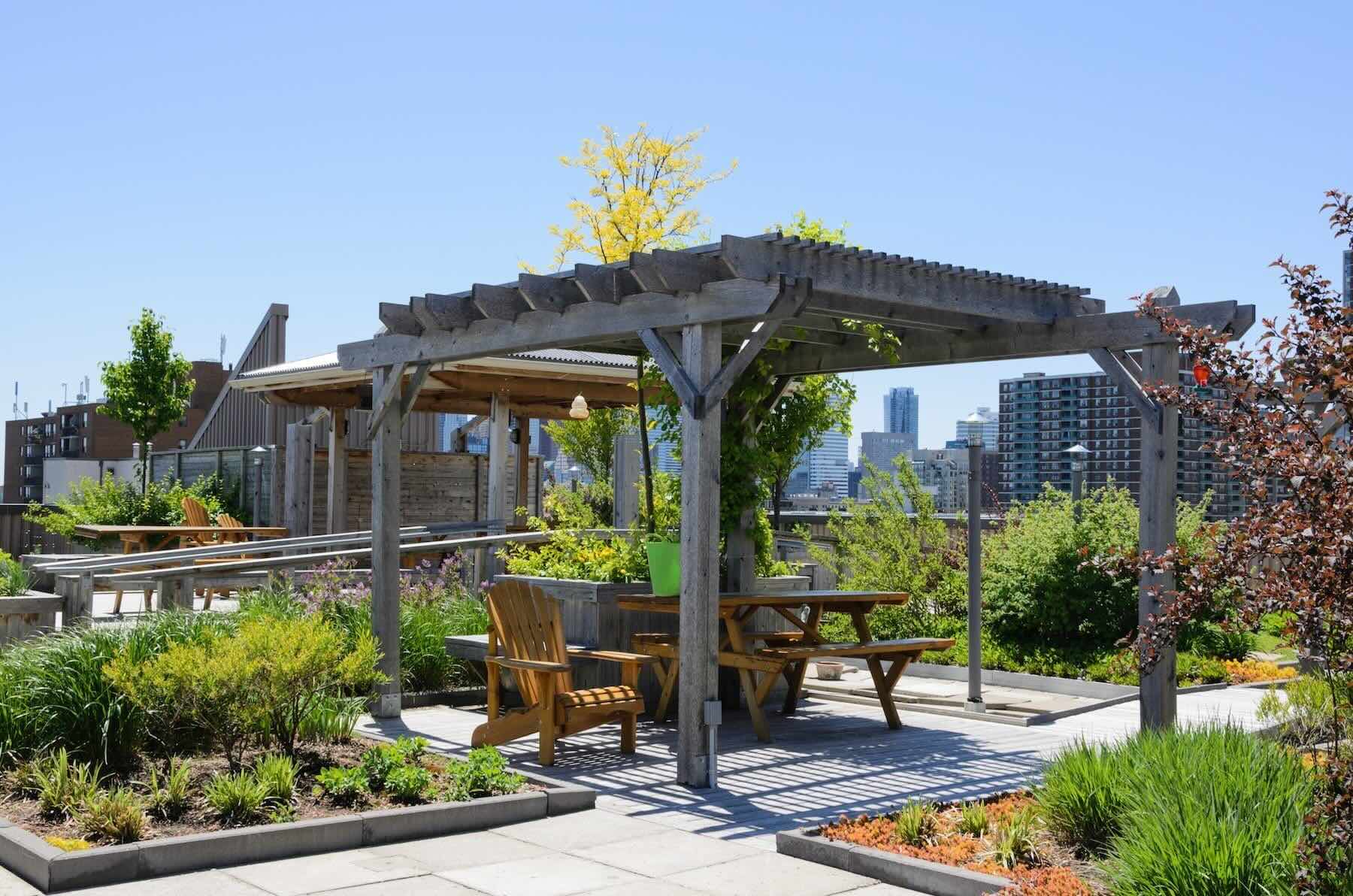

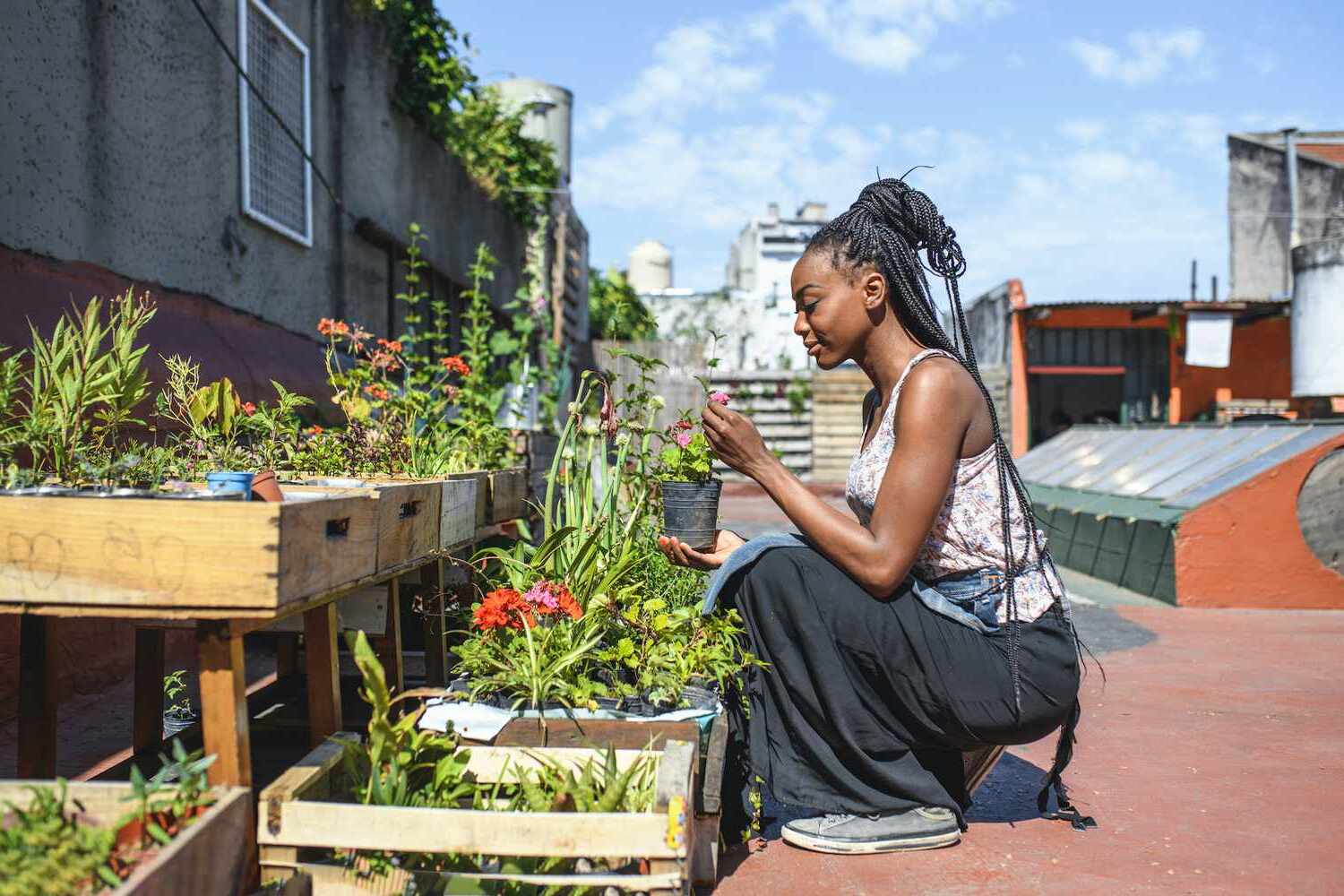

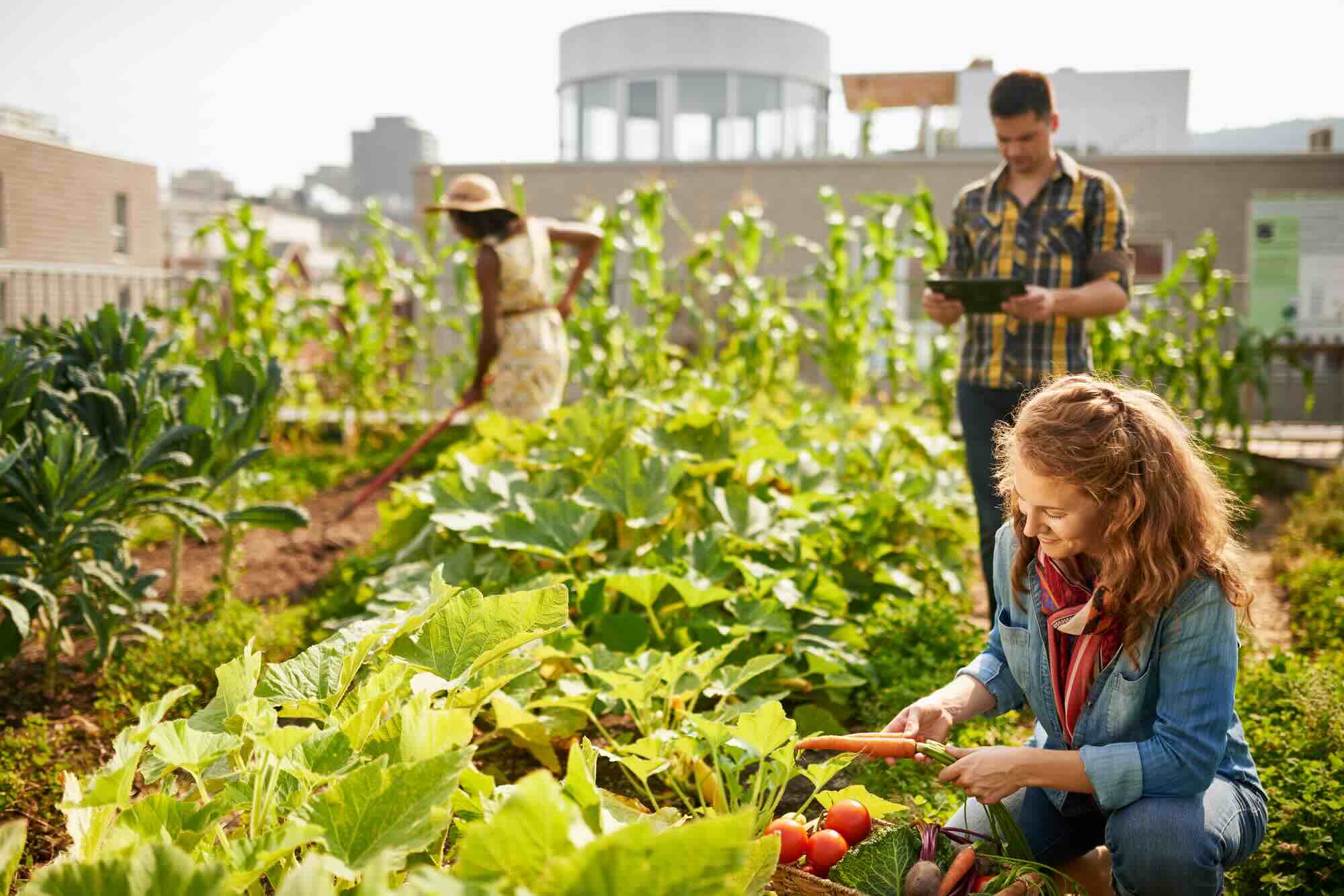
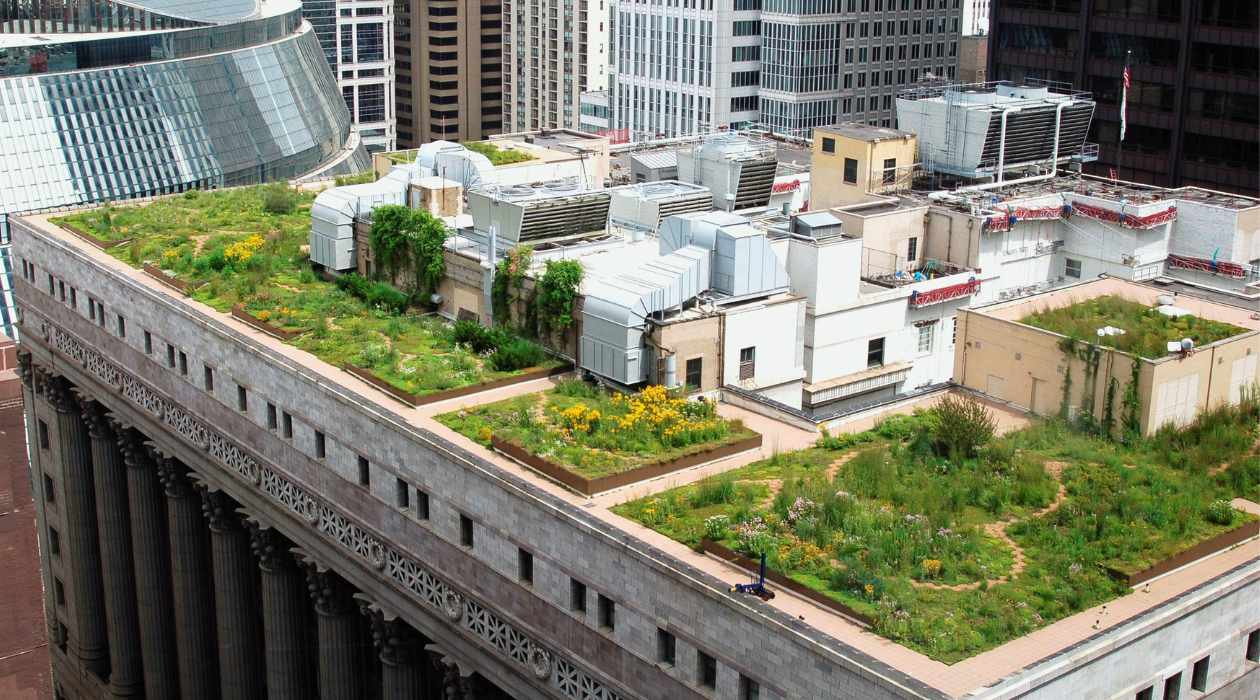

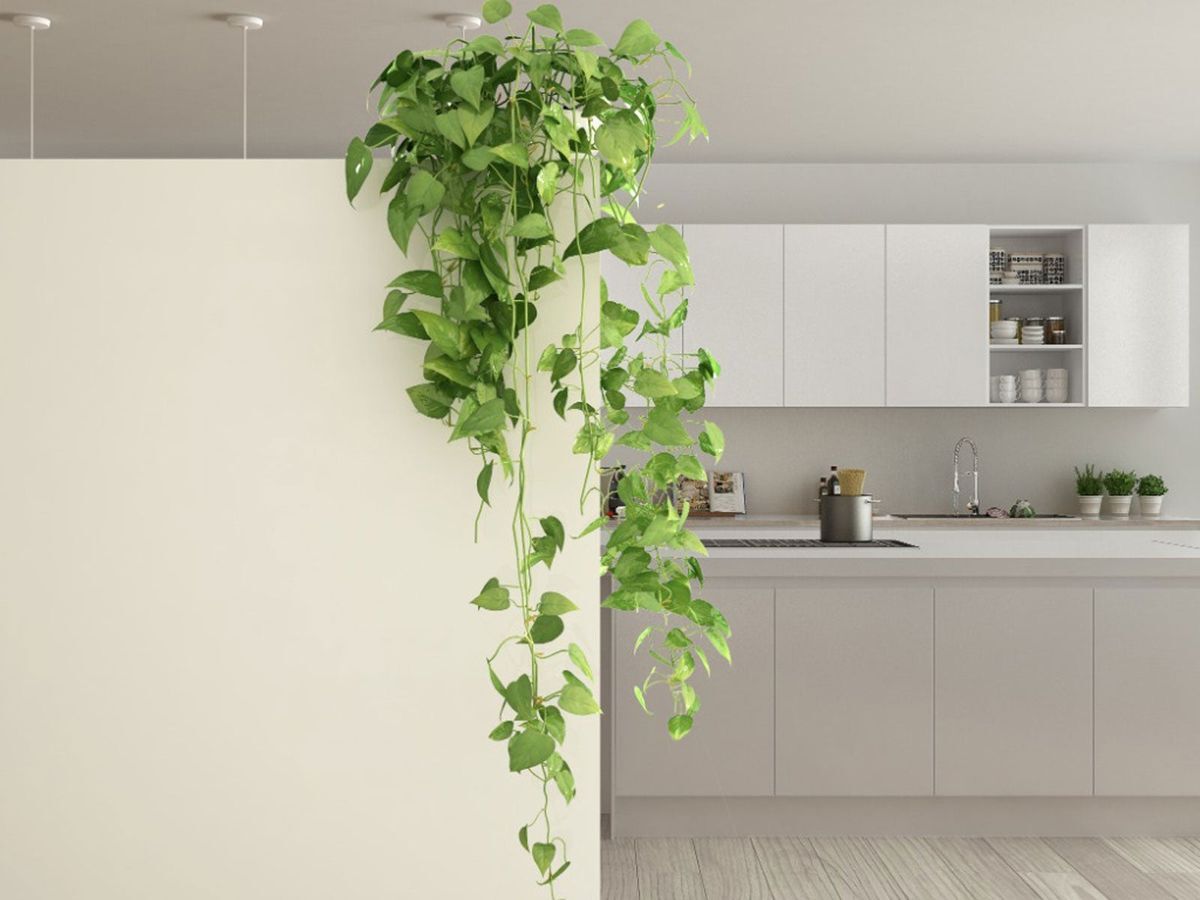

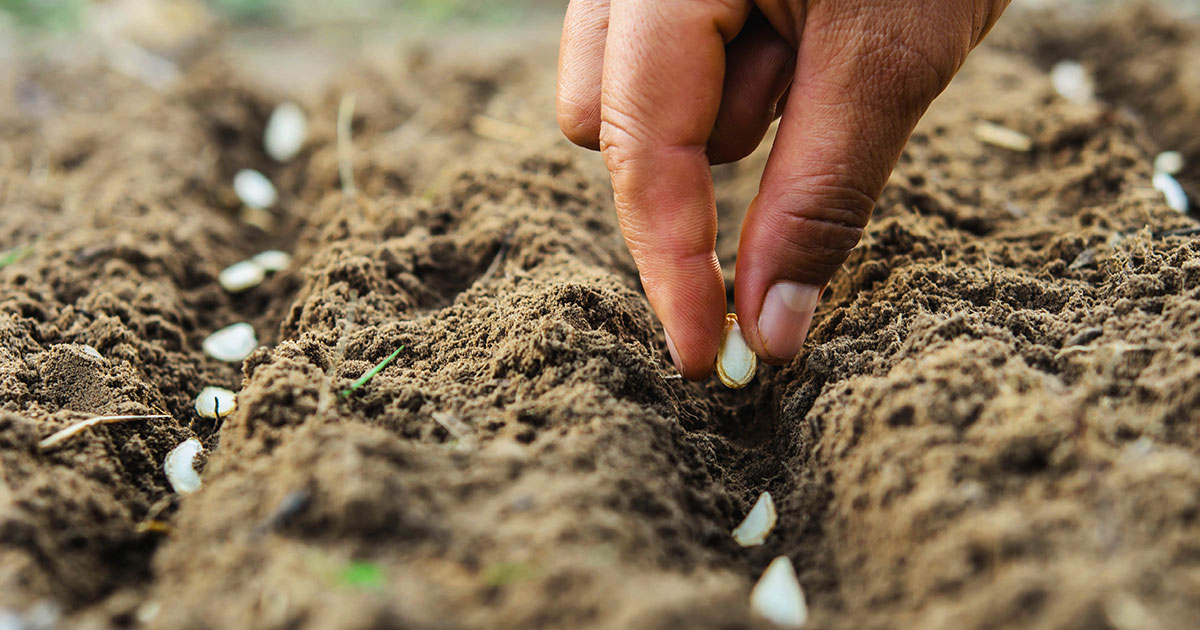
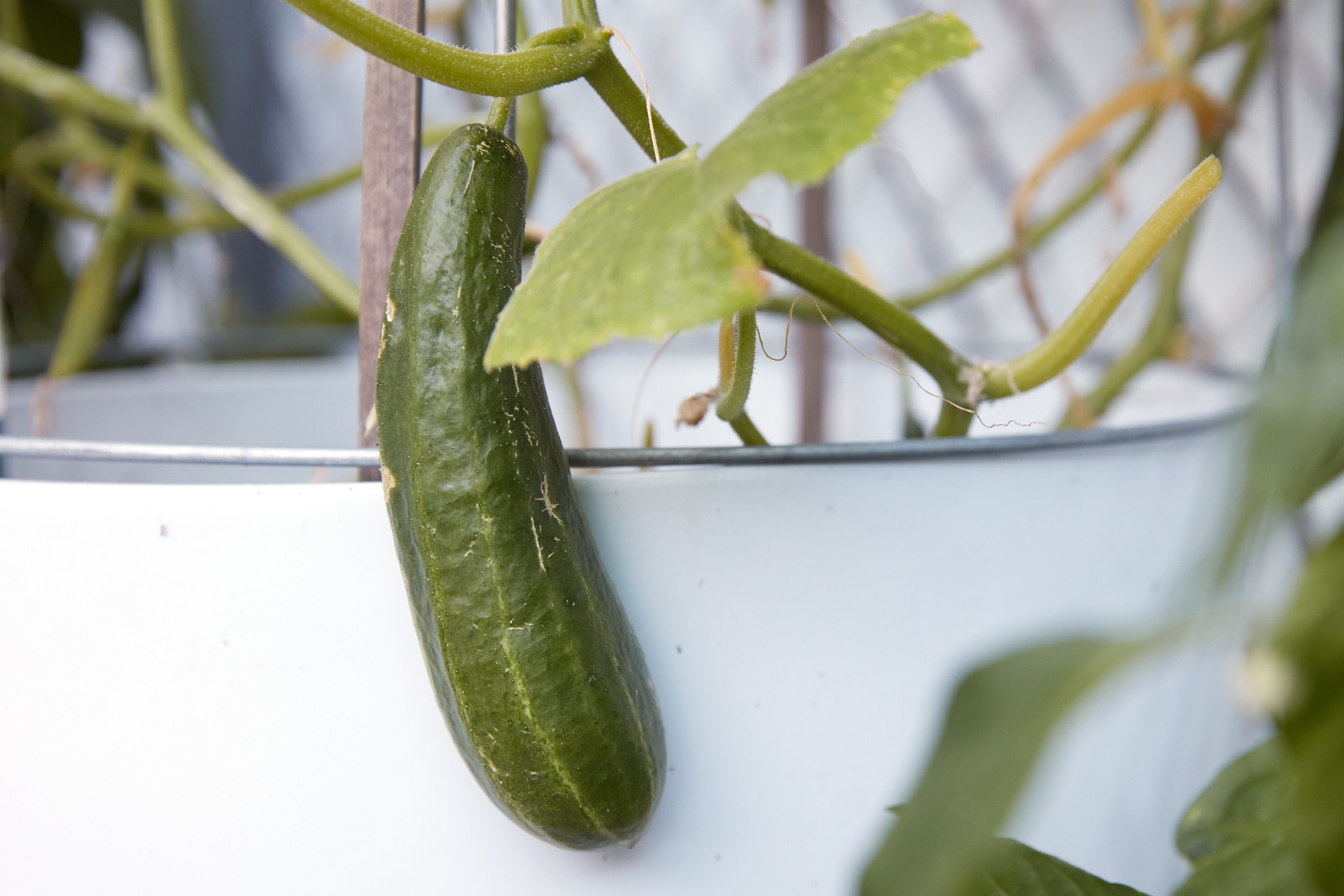
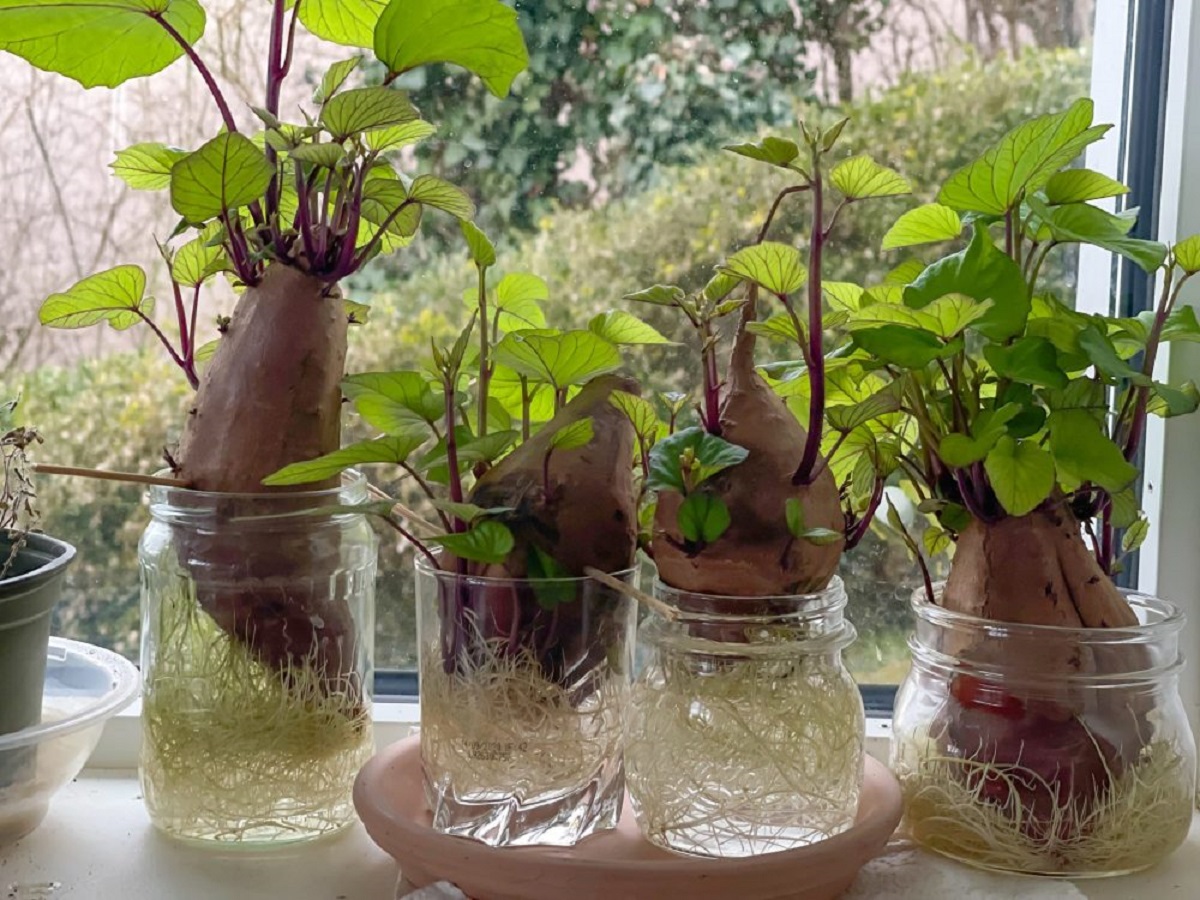


0 thoughts on “How To Grow An Ivy Wall On A Rooftop Garden”